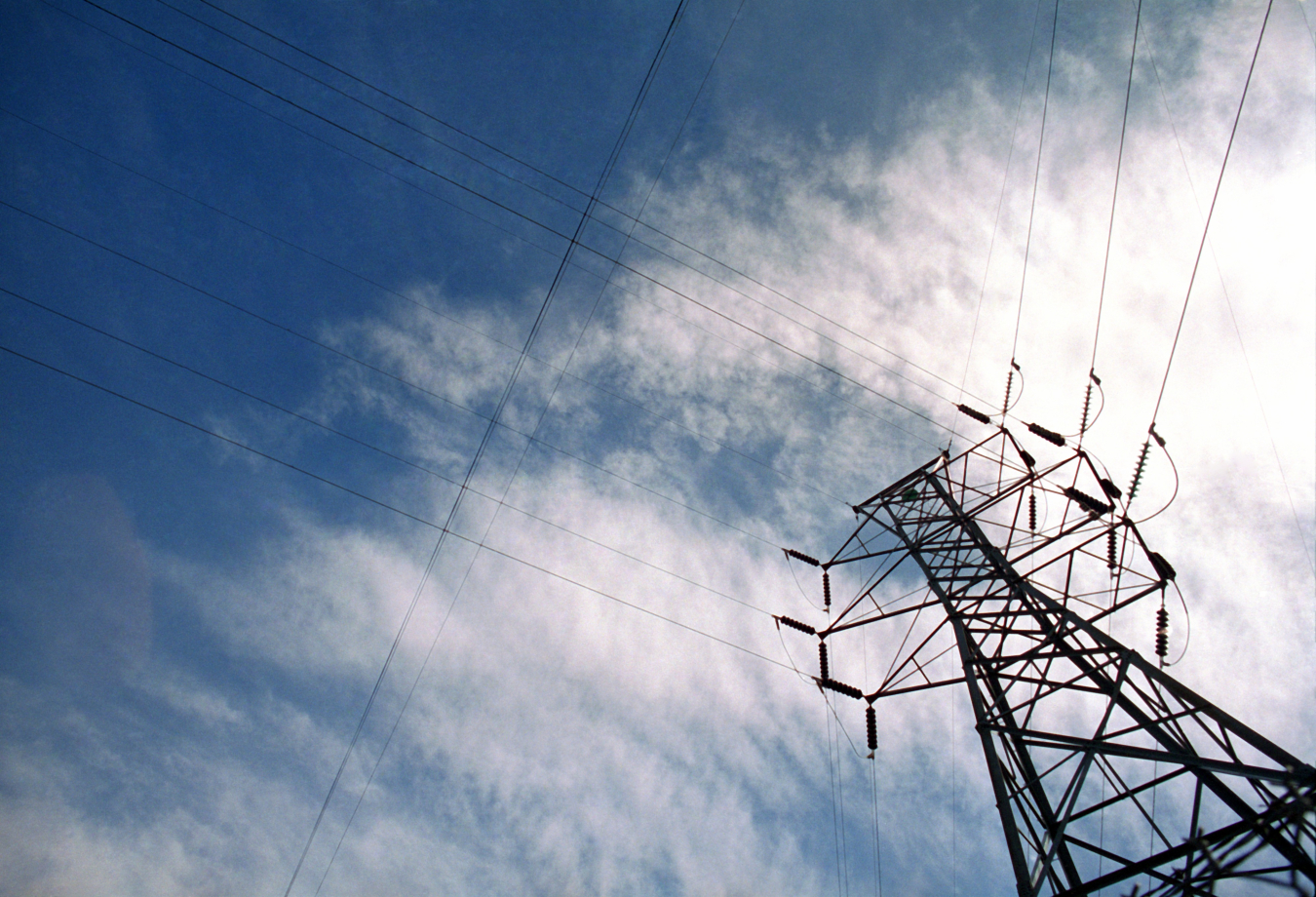Transmission is essential to the development of a reliable, modern energy grid powered by clean energy, and the Department of Energy is making big strides in expanding our transmission infrastructure to help reach President Biden's climate goals.
December 16, 2022This Energy.gov blog post was written by Yassmin Ahmed, an intern in the Office of Public Affairs. To learn more about internship opportunities available at the Department of Energy, please visit our Students and Recent Graduates career page.
First things first: what is a transmission line?? Transmission lines are high-voltage power lines that distribute electricity over a long distance, taking that electricity from big power plants to smaller power distribution lines to use at a local level. In biological terms, they’re the veins of our nation’s electrical grid.

WHY WE NEED TRANSMISSION TO FIGHT CLIMATE CHANGE
To tackle climate change, we need to run our economy on clean energy like solar, wind, geothermal, hydro, and nuclear. In the power sector, President Biden has set a goal of reaching 100% clean electricity by 2035.
Some clean energy sources, like nuclear and geothermal, can be tapped in many different locations. But others, like wind, solar, and hydro, have to be located in certain geographies— places where there’s enough wind, sun, or water.
Here’s the rub: Population density (or the amount of people in a given area) around many clean energy hotspots tends to be low — which means we have to get this energy from where it’s produced to where it’s needed using transmission. Independent estimates indicate that electricity transmission systems need to expand by 60% by 2030, and may need to triple by 2050, to connect more communities to cheaper, cleaner power and meet growing electricity needs.
- Created the Grid Deployment Office: Administered through the Department’s Office of the Under Secretary for Infrastructure with funds from President Biden’s Bipartisan Infrastructure Law and Inflation Reduction Act, this office works to invest more than $20 billion to modernize and expand the capacity of the nation’s grid to deliver reliable electricity to communities across America.
- Launched the Building a Better Grid Initiative: DOE’s Building a Better Grid Initiative is working to catalyze the modernization and buildout of long-distance, high-voltage transmission and distribution systems. The Initiative also focuses on collaborating with key stakeholders, enhancing transmission planning to identify high-priority needs, and facilitating efficient permitting.
To identify transmission needs nationally, DOE collaborates with states, cities, and stakeholders. This collaboration enables the creation of an advanced distribution system, which is essential for reaching 100 percent clean electricity.
A successful transmission network requires deliberate planning, and a new and different approach — one that identifies long-term, flexible solutions that will meet national interests. To that end, DOE works with states, tribes, local governments and communities to drive investment to the highest-need transmission projects and enable development of the projects with the largest long-term benefit for consumers.
Investment in critical electric infrastructure will make the U.S. power grid more resilient to the impacts of climate change, increase access to affordable and reliable clean energy for all, and create good-paying American jobs across industry sectors — boosting the transmission workforce that employs over a million people across the country.

